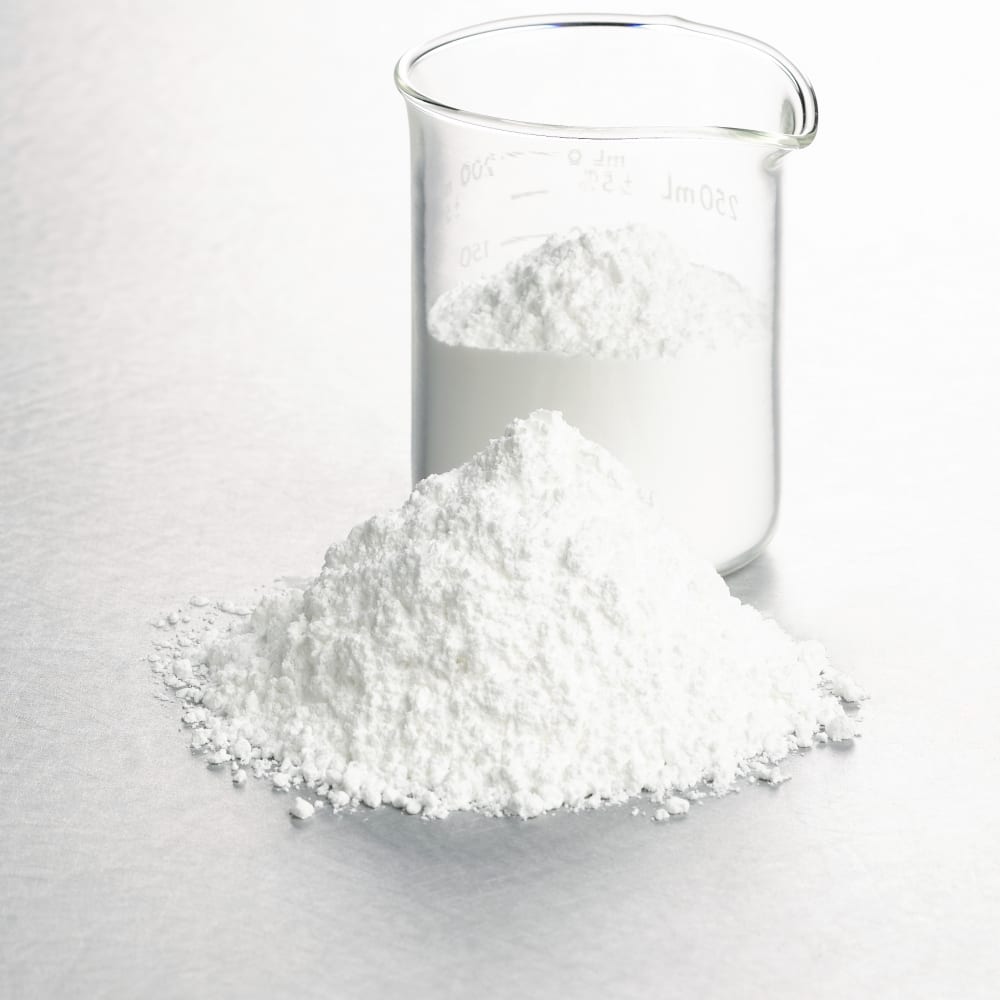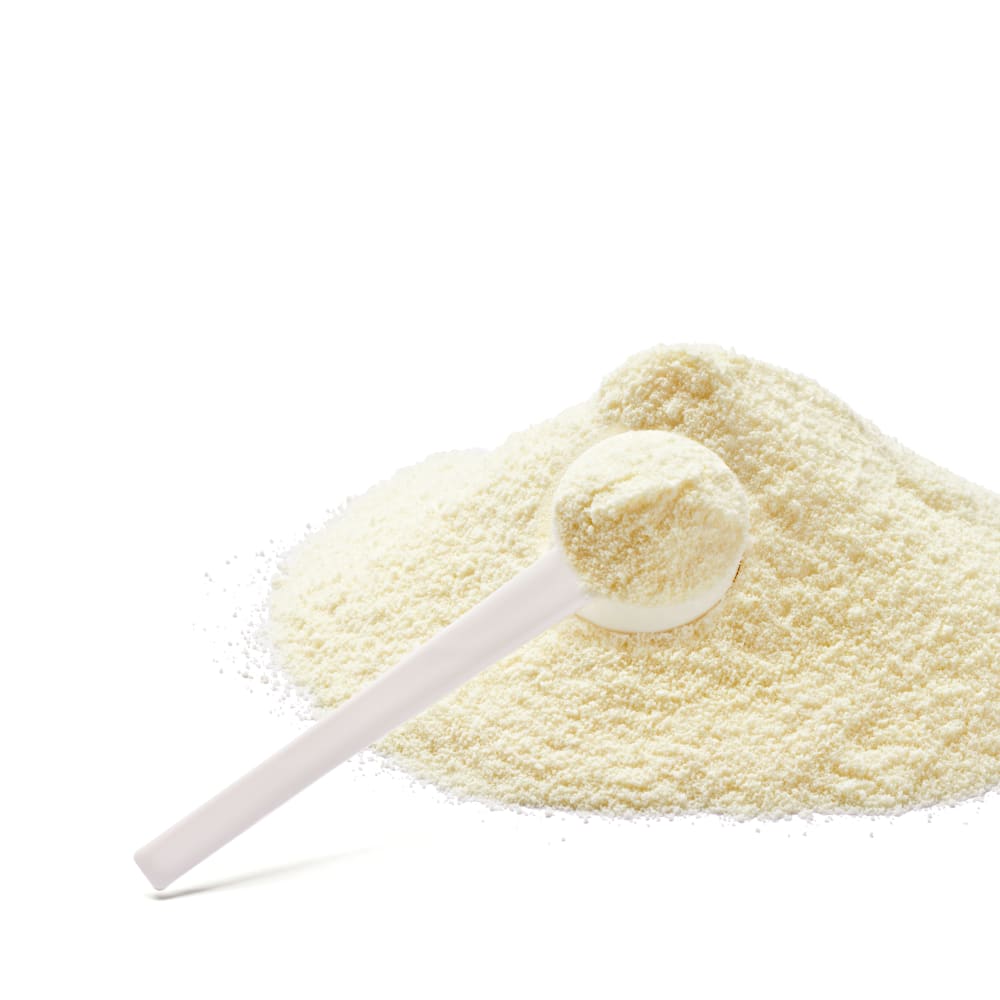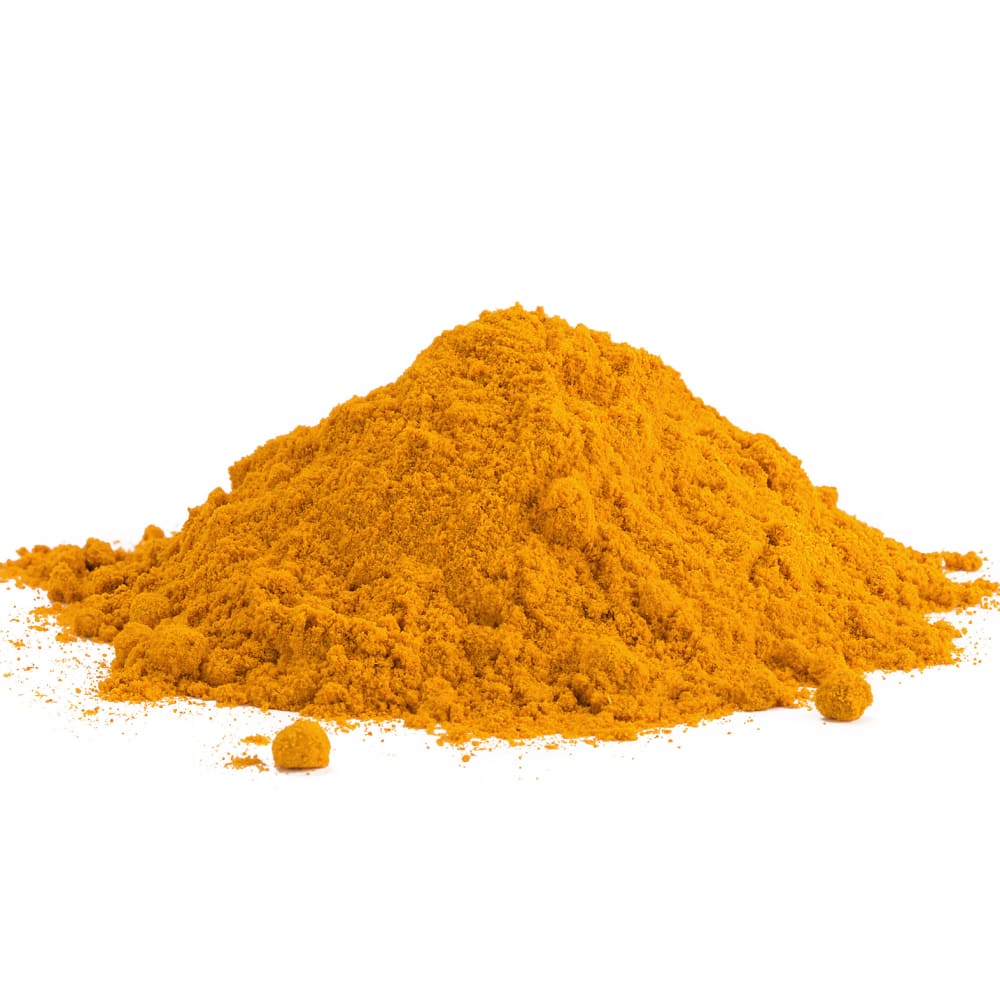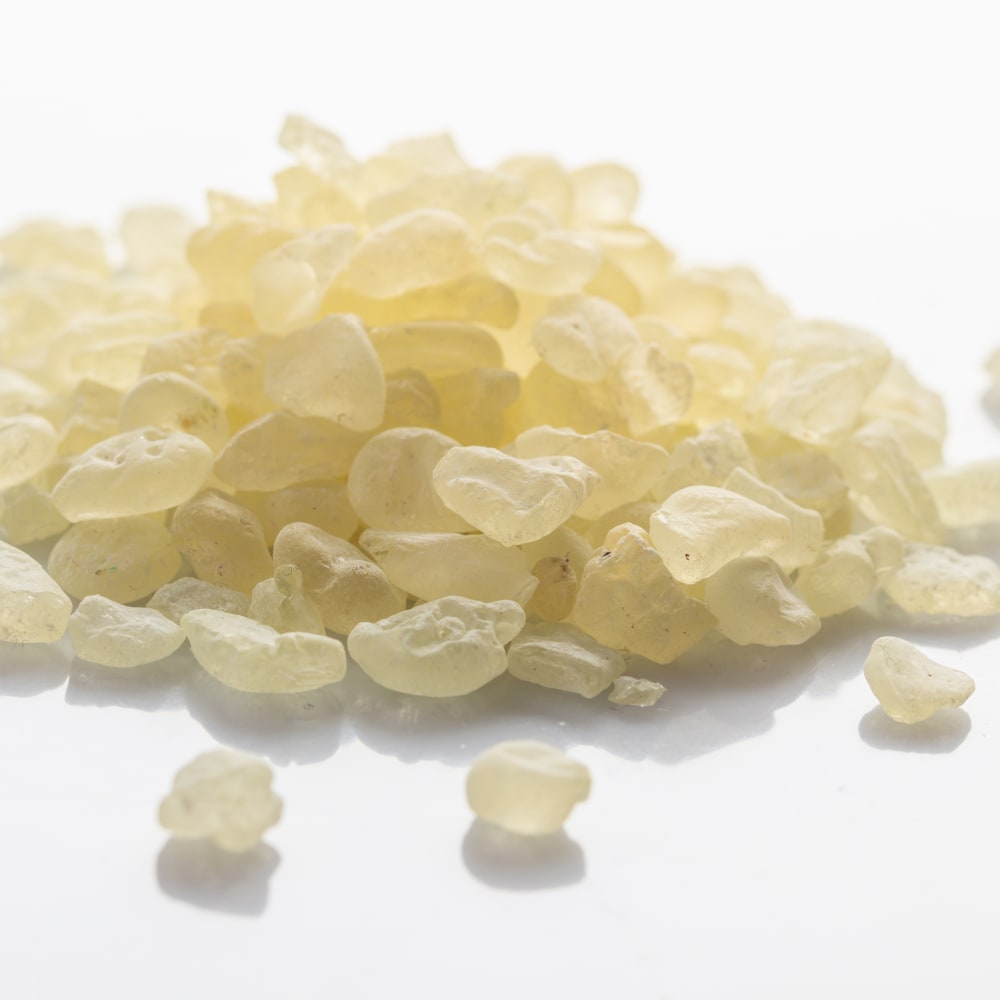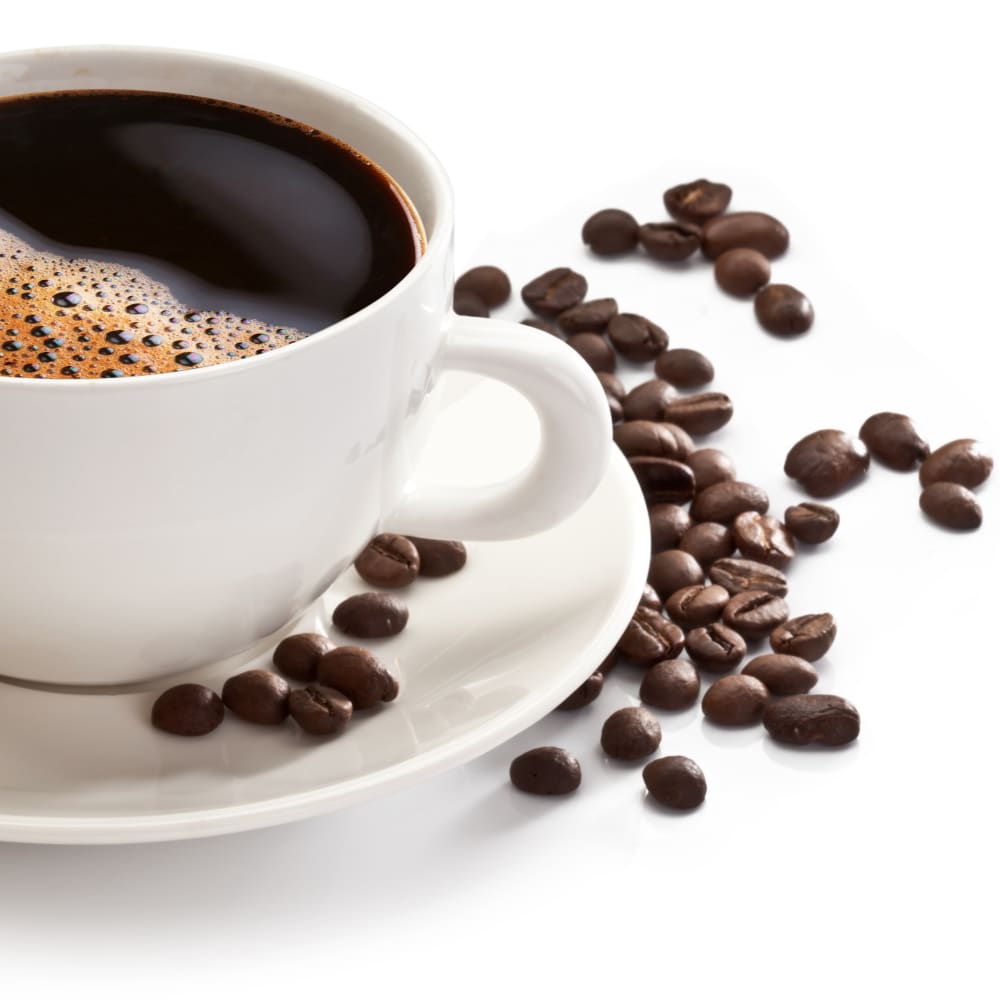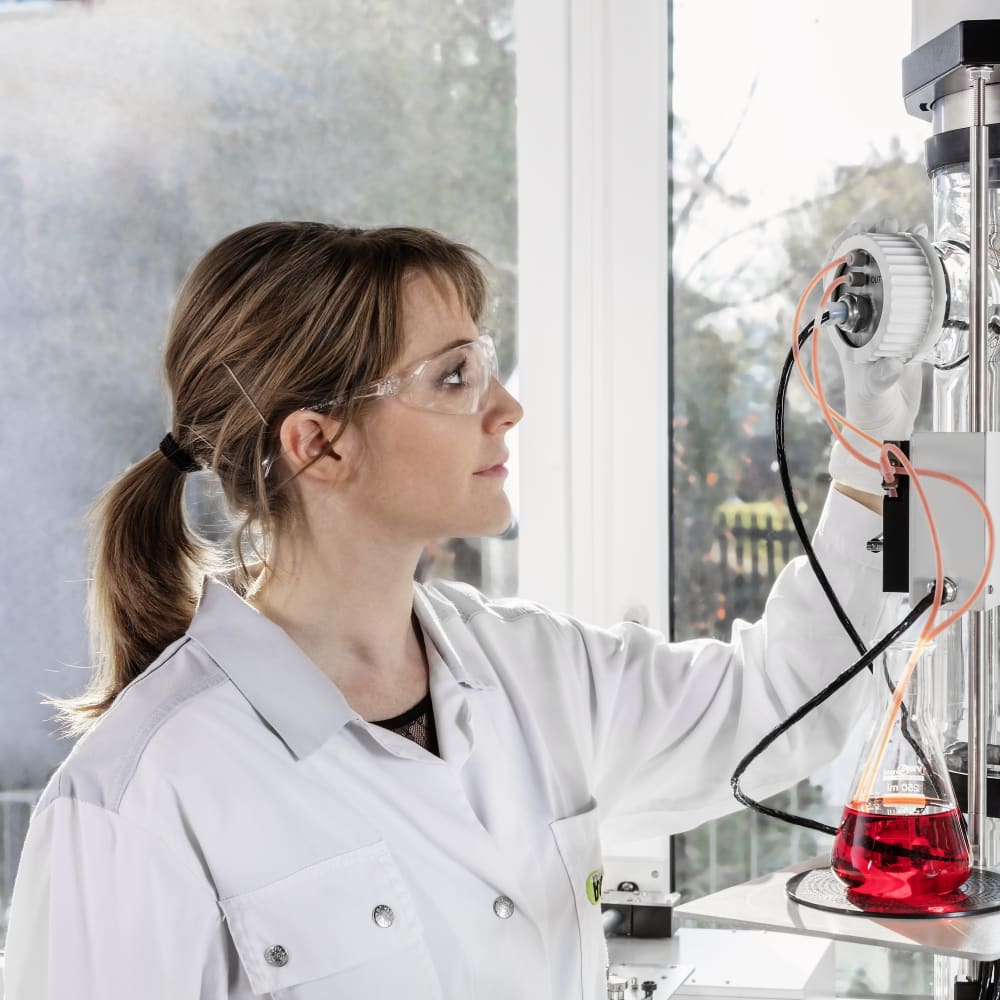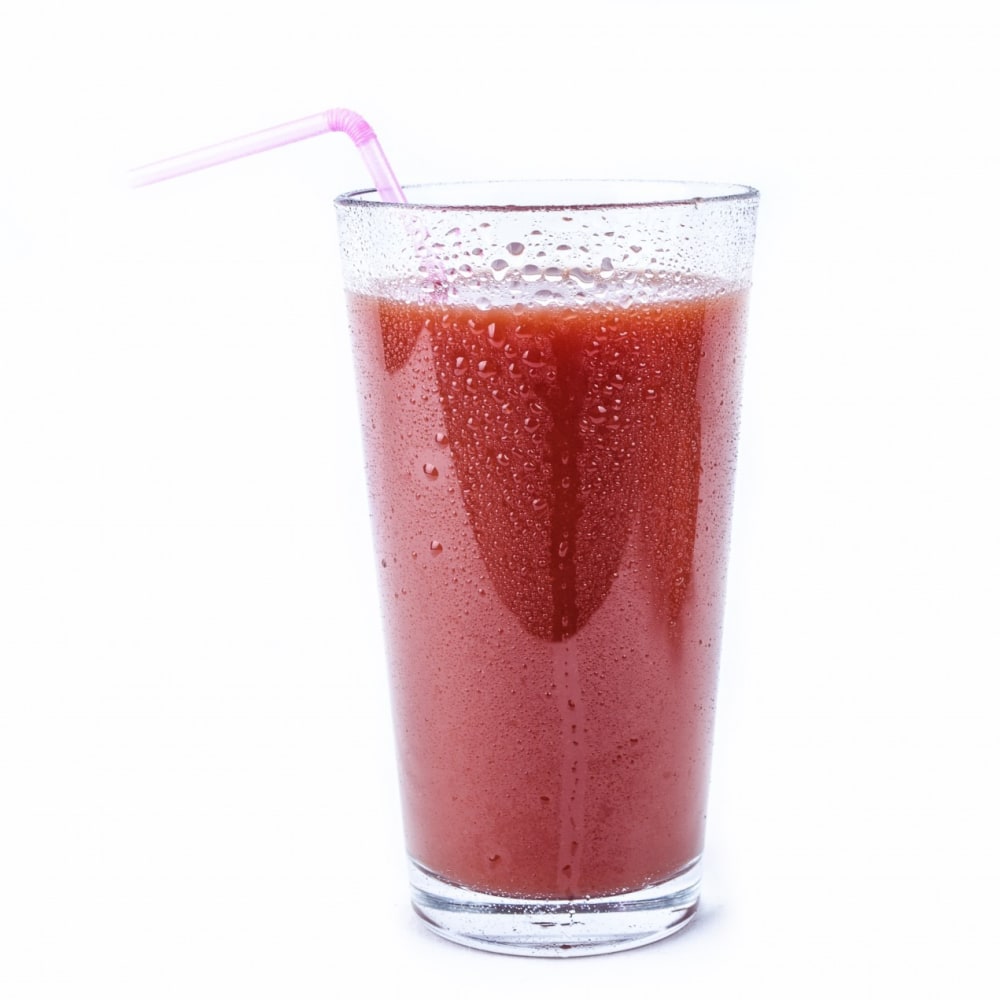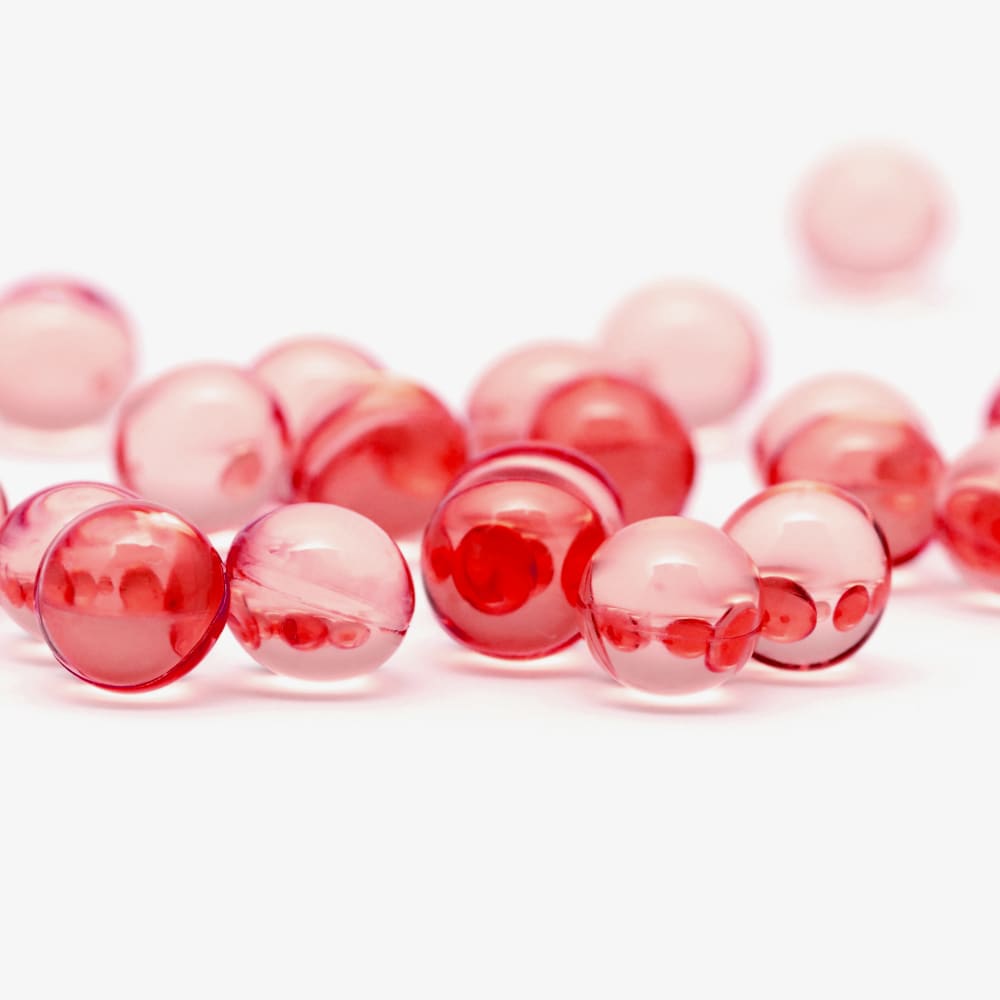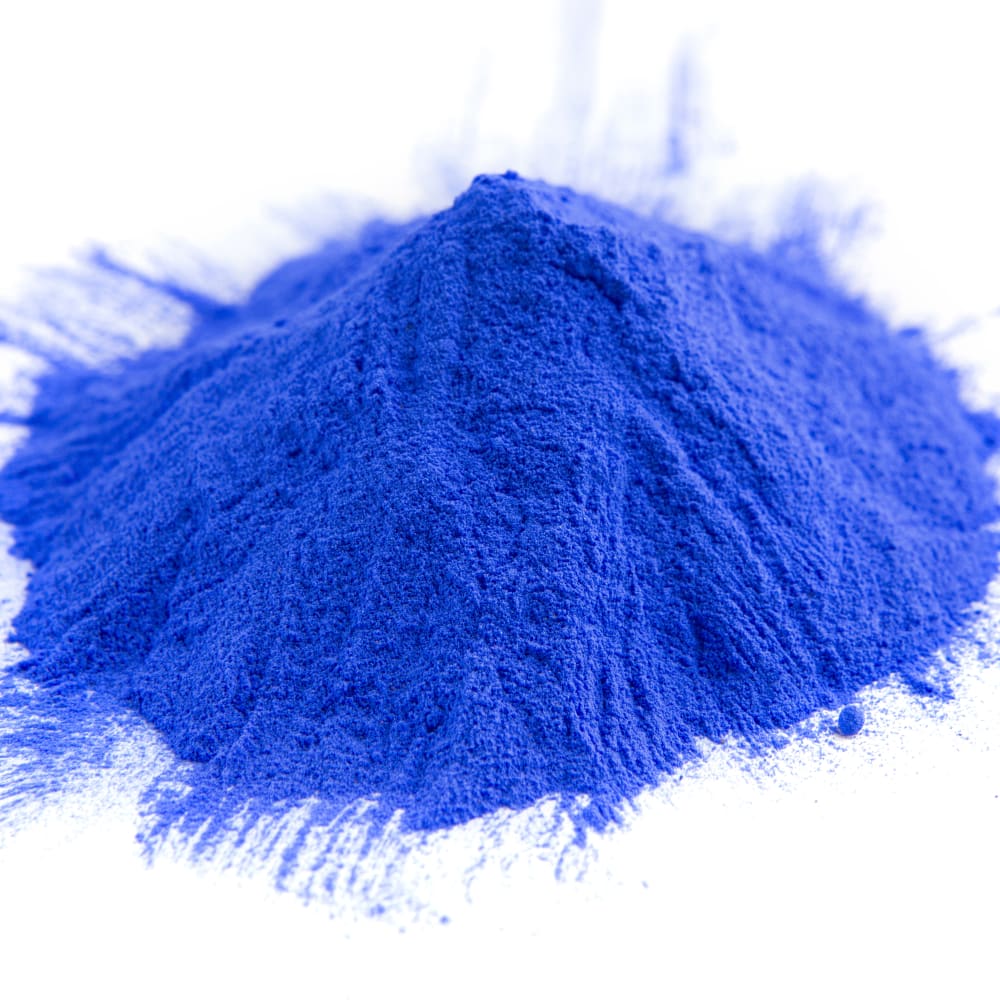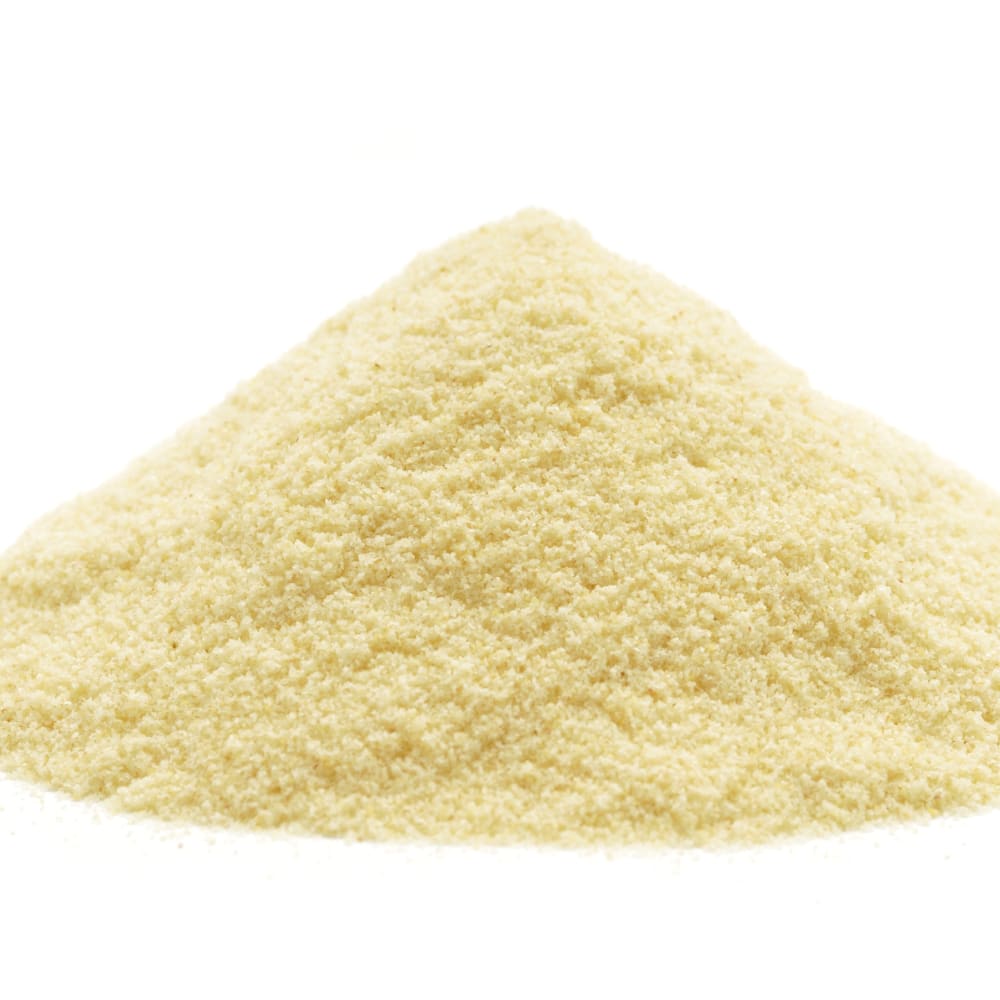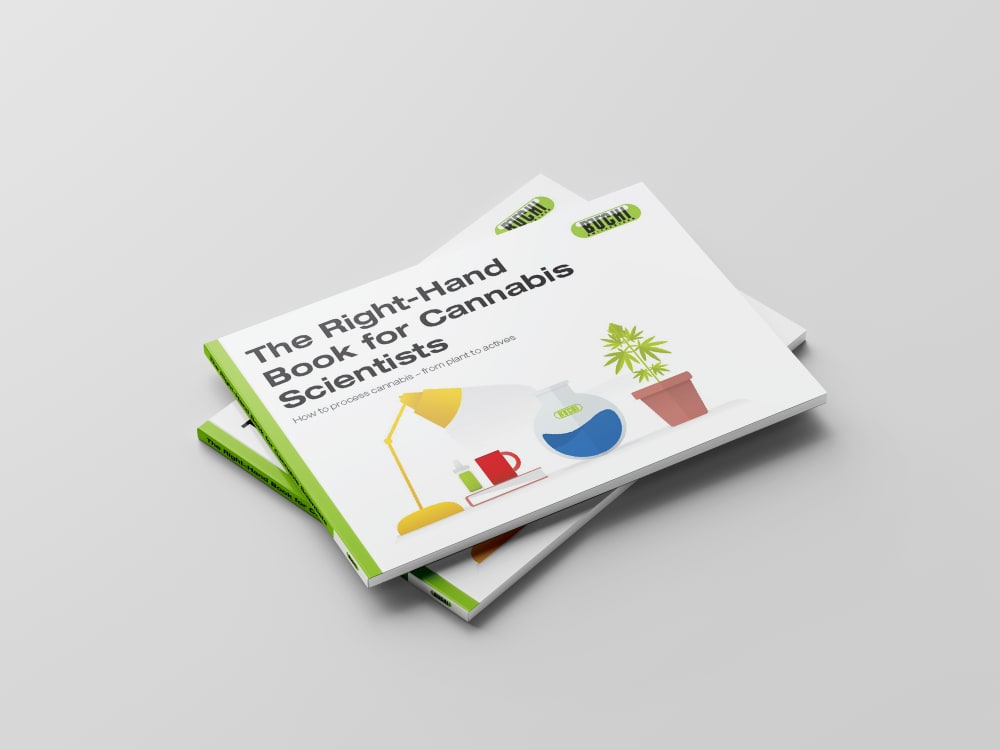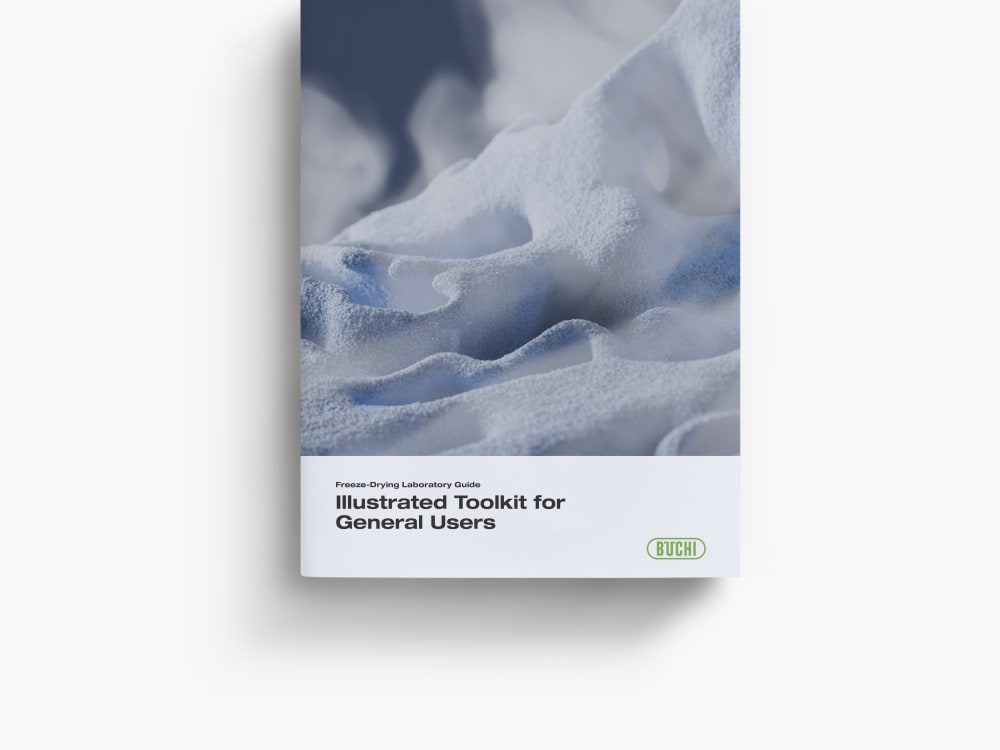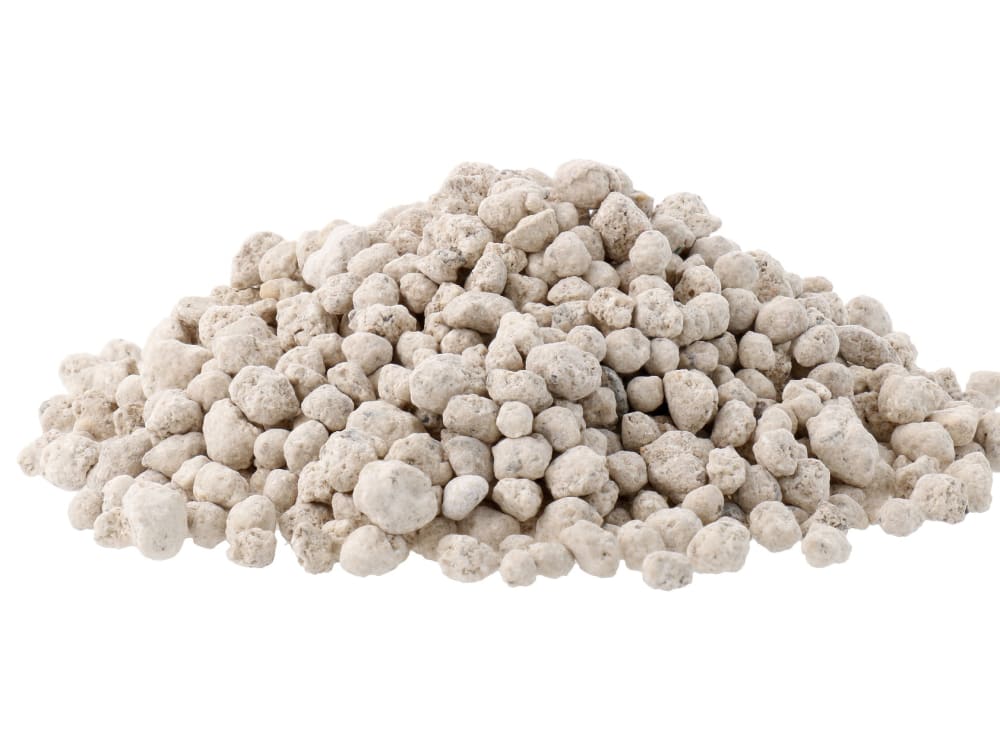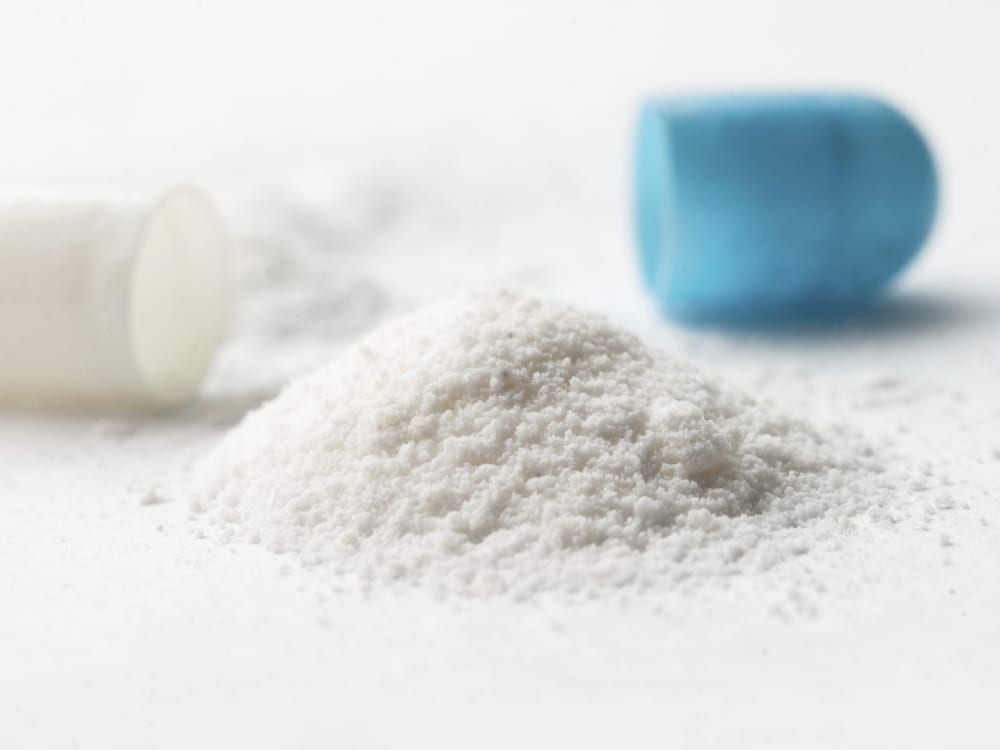Ammonium, nitrate, and total nitrogen determination in fly ash
Fly-ash is a by-product of the combustion of pulverized coal and is composed of small particles. Nowadays, air pollution control standards require a separation of flue gas before being released to the atmosphere.The composition of the fly ash may vary considerabley, however, all fly ashed contain substantial amounts of silicon dioxide (SiO2) aluminium oxide (Al2O3) and calcium oxide (CaO). The fly ash in this study was provided from a pulp mill containing organic and inorganic (ammonium nitrate and ammonium sulfate) nitrogen compounds.

